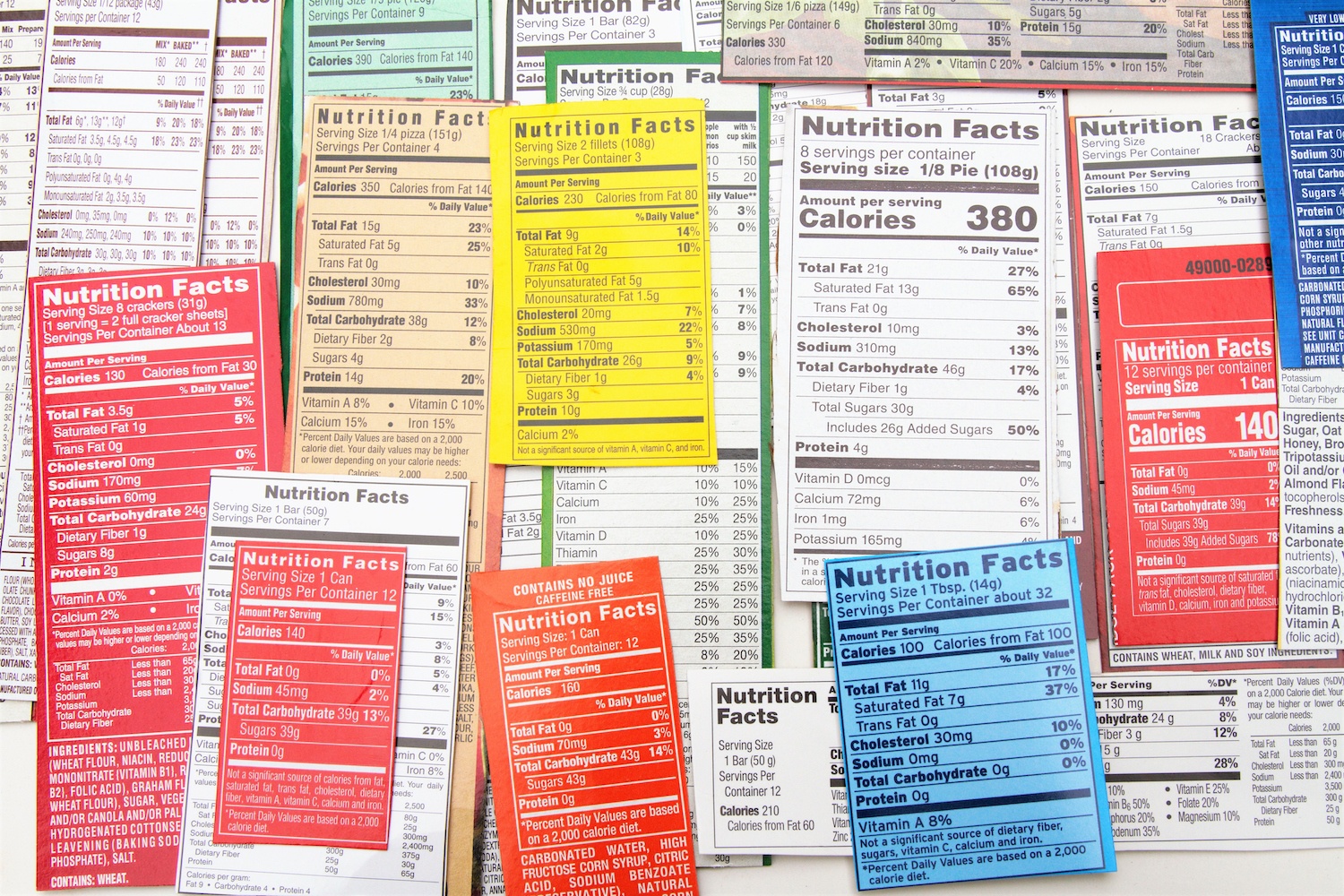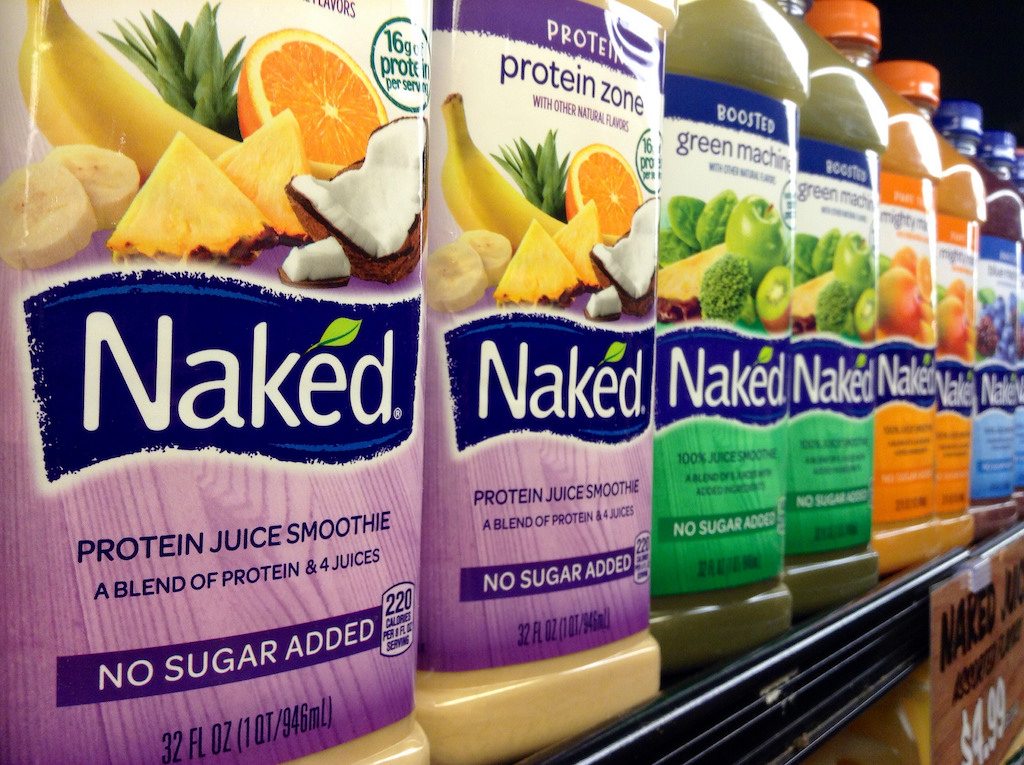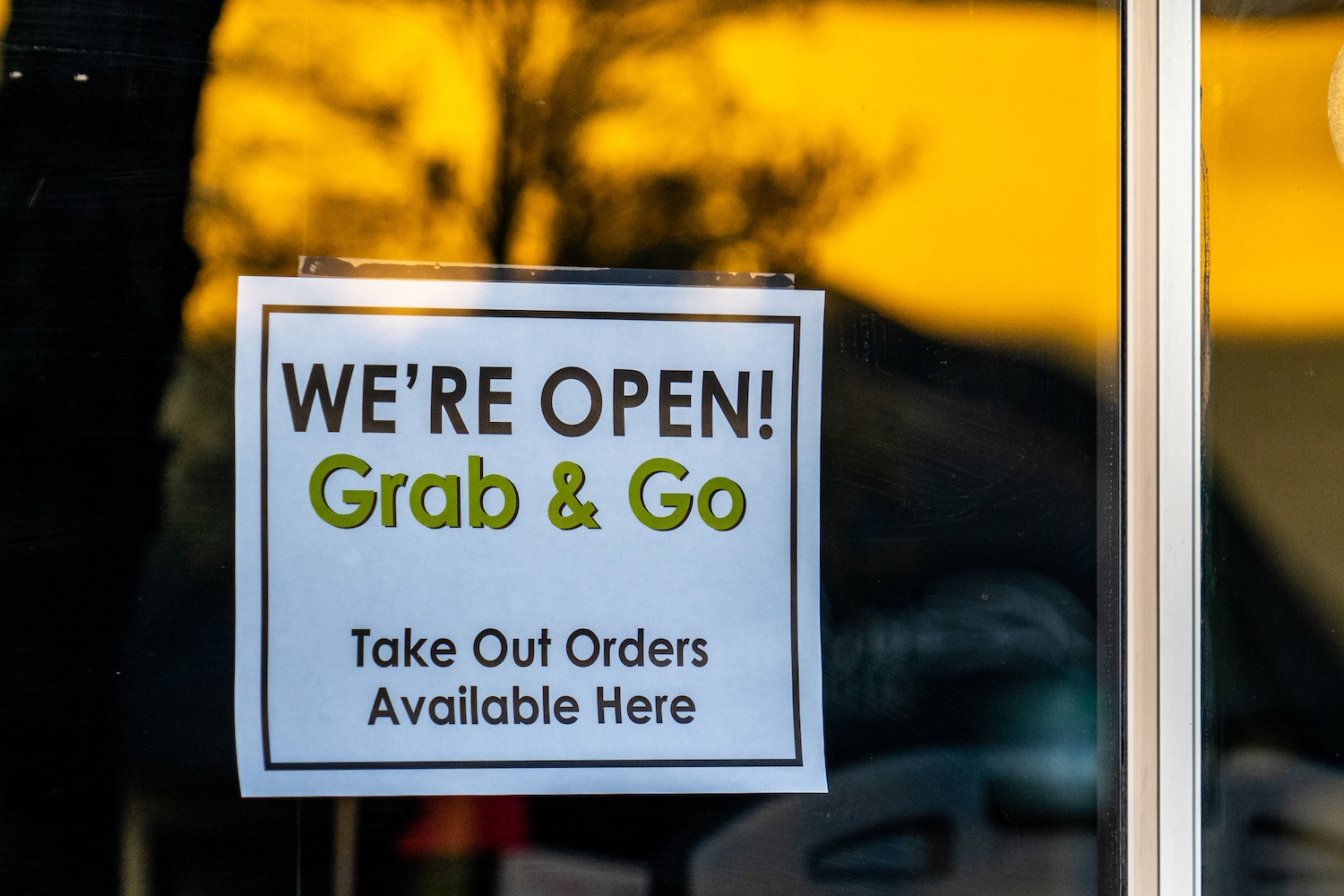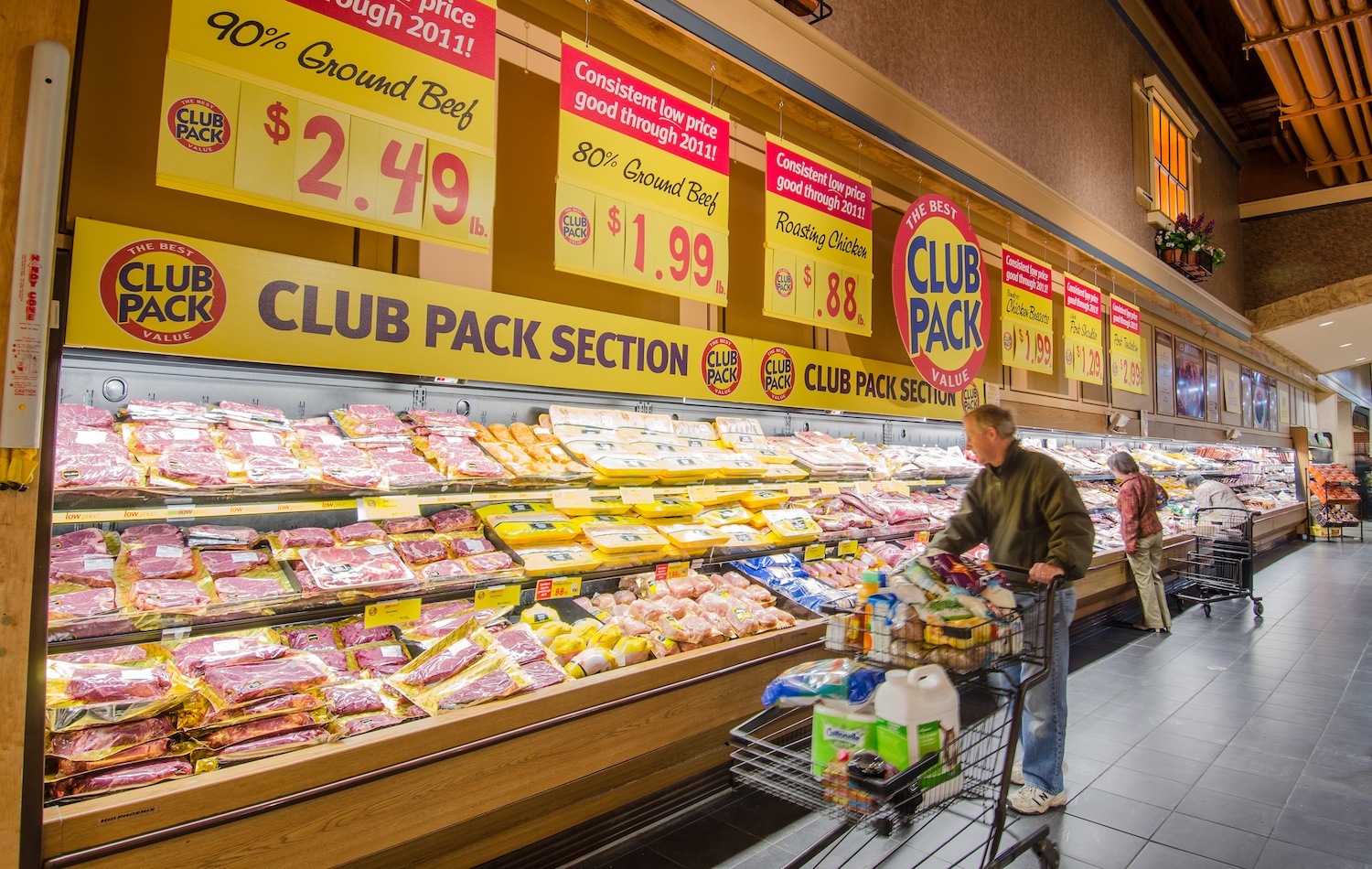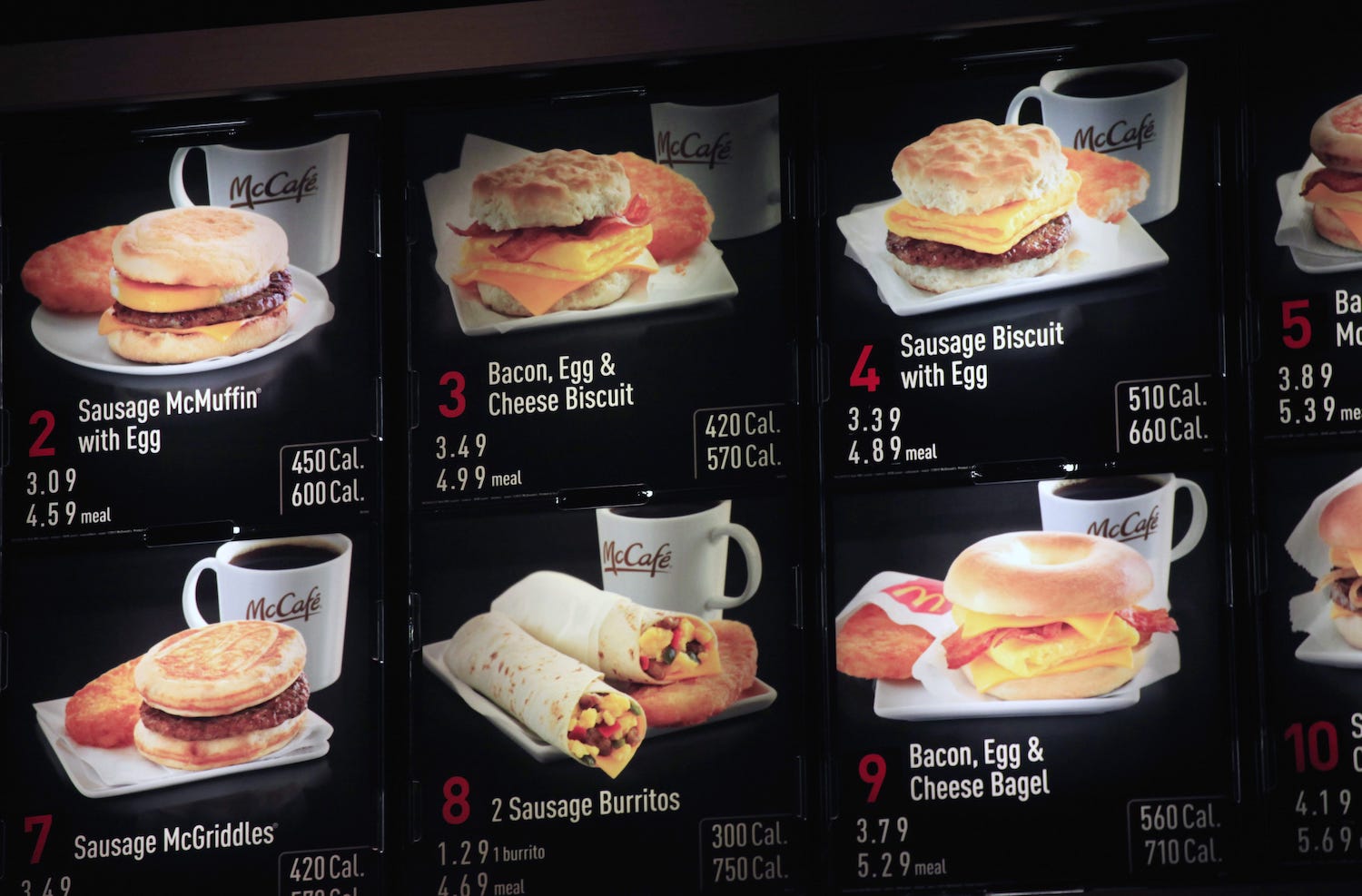
AP Photo/Mark Lennihan
New research shows that, aggregated across the country over time, the effects of calorie labeling could significantly improve our collective wellbeing.
This April, fewer than two years after mandatory calorie labeling on restaurant menus became the law of the land, the Food and Drug Administration (FDA) rolled it back. Citing supply chain disruptions, the agency announced that it would stop enforcing calorie labeling requirements until the Covid-19 public health emergency was over—a rather fuzzy time frame, considering that experts have estimated that it could last years, or even decades.
Now, as restaurants gear up to reopen across the country, FDA’s loosening of the rules could result in a dearth of crucial nutrition information for diners. It may even lead to profound long-term health consequences, emerging research shows.
“We need such evidence to inform policy action and bring about much-needed change within our food systems.”
In as little as five years, calorie labeling on menus could help the country avoid more than 14,000 new cases of heart disease, and over 21,000 new cases of type 2 diabetes, according to a new study published in the Journal of the American Heart Association. These estimates are based on the idea that some eaters, when informed of how much energy different menu items contain, order different options instead. And as these momentary, meal-by-meal, day-by-day decisions are aggregated across the entire country and multiple years, they could lead to a measurable increase in our collective quality of life. To put a number on it: The study’s authors estimate that healthier choices guided by calorie labeling could add 8,700 combined life years to the general population.
“Such long-term and nationally representative studies provide evidence in support of the cost-effectiveness of food policies to improve diets and population health and curb staggering healthcare costs,” said Renata Micha, study co-author and associate professor of nutrition at Tufts University. “We need such evidence to inform policy action and bring about much-needed change within our food systems.”
The study’s authors drew their estimates from a population modeling tool, which allows researchers to predict the impact of a given health policy based on a demographically representative sample of the country. Extending the model’s time period from five years to a lifetime, calorie labeling could avert 136,000 cases of heart disease and almost 100,000 cases of type 2 diabetes. Based on previous calorie labeling studies, they estimated that people ate about 20 fewer calories per day when calorie counts were available. To be realistic, they also factored in the prediction some eaters make up about half of that deficit at some later point in the day. The idea is that it’s pretty normal to, say, treat yourself to an extra handful of Goldfish during the day if you chose morning oatmeal over a bacon-egg-and-cheese.
“All of us choose what to eat every single day but research has found that average people and even nutrition professionals systematically underestimate how many calories food has.”
As you’re probably thinking, there’s room for some error in these kinds of forecasts. The “gold standard” of research involves randomly selecting participants and subjecting them to different experiences in controlled settings. But that’s nearly impossible to do when it comes to nationwide food standards, such as the calorie labeling rule.
Enacted in 2010 as part of the Affordable Care Act, calorie labeling didn’t take effect until May of 2018. (The national rule was preceded in some locales by regional requirements, including in New York City, King County in Washington state, and California.) It mandates that all restaurants with 20 or more locations list calorie counts on menus and make other nutrition information, such as sugar, fat, and cholesterol content, available upon request. The restaurant industry—particularly the pizza lobby—fought long and hard to jettison the rule, arguing that it would be expensive for businesses to implement. This week’s study demonstrates that the cost of printing new menus might turn out to be a steal.
Over the model’s lifetime, researchers found that the estimated drops in heart disease and type 2 diabetes could save Americans $10.42 billion dollars, which includes the price of medical care and treatment. The country, as a whole, would save another $12.71 billion in costs associated with driving to doctor’s offices, waiting in waiting rooms, and literally doing anything else, including work. Quite the bang for one’s buck, you might argue.
Proponents of calorie labeling point out that we are all terrible at estimating how many of them our food contains.
“Such long-term and nationally representative studies provide evidence in support of the cost-effectiveness of food policies to improve diets and population health and curb staggering healthcare costs.”
“All of us choose what to eat every single day but research has found that average people and even nutrition professionals systematically underestimate how many calories food has,” says Rodrigo Aranda, a policy research associate at Georgia State University who focuses on health economics. “So being faced by calorie information tells us with more accuracy how healthy (or not) is a food item. It is important to acknowledge that calories are not the only element that defines if a food is healthy or not, but it is a good proxy.”
There’s another, less obvious benefit to calorie labeling, researchers said: When restaurants are forced to be transparent about the nutrition content in their products, they’re incentivized to make their menu healthier. Under the assumption that restaurants on average tweaked their recipes to make them five percent less calorie-heavy, the estimated impacts of the labeling law are doubled.
“In the case of the national calorie menu labeling law, the extent of reformulation is not known,” Micha said. “So [we] chose a relatively modest level to study the potential additional benefits of reactive reformulation. Higher levels of reformulation would lead to even greater benefits.”
“Just like you have a right to know what kind of ingredients are in foods that you buy at the grocery store.”
The fact is that we may never know the exact impact of calorie labeling regulations on our lives. The study’s authors noted that their model found greater impacts on men than women, Black and Hispanic people than other racial groups, those who are overweight than those who are not. Other research has found that the font size of calorie counts—and even their very placement before versus after menu item names—can influence what people order. In some studies, some diners who want the most bang for their buck actually opted for foods with higher energy levels after calorie labeling was implemented. Like all types of information, calorie counts can sway our choices in ways that we don’t actively realize, or that we’d ever admit, or even at all.
But public health experts maintain that such knowledge is owed to eaters nonetheless.
“[Calorie counts] are a consumers’ right to know,” says Marlene Schwartz, director of the Rudd Center for Obesity & Food Policy at the University of Connecticut. “Just like you have a right to know what kind of ingredients are in foods that you buy at the grocery store …. You almost don’t need to prove anything beyond that, it’s just a principle that consumers have the right to know what they’re purchasing and what they’re eating.”
Schwartz tells me that she understands why certain ingredient shortages may prevent companies from being able to offer calorie counts during the Covid-19 pandemic, but hopes, for the benefit of eater health, that it will be reinstated soon.
“I worry about things going backwards,” she says. “So now I have to keep an eye on that.”

